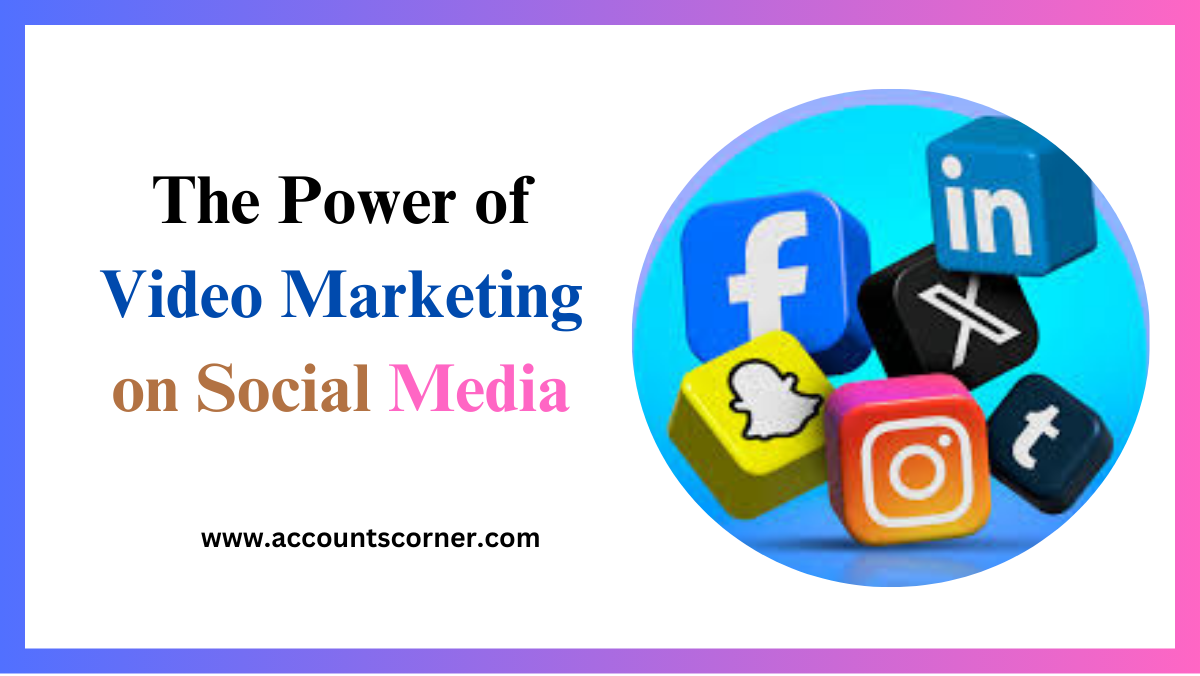Products
-
 Flicker New Accounts
Rated 5.00 out of 5$0.50
Flicker New Accounts
Rated 5.00 out of 5$0.50 -
 Discord New accounts With Gmail
Rated 5.00 out of 5$1.00
Discord New accounts With Gmail
Rated 5.00 out of 5$1.00 -
 Reddit New Accounts With Gmail
Rated 5.00 out of 5$1.00
Reddit New Accounts With Gmail
Rated 5.00 out of 5$1.00 -
 Quora New accounts With Gmail
Rated 5.00 out of 5$1.00
Quora New accounts With Gmail
Rated 5.00 out of 5$1.00 -
 Buy AOL AGED Accounts
Rated 5.00 out of 5$1.00
Buy AOL AGED Accounts
Rated 5.00 out of 5$1.00 -
 Buy Outlook New Accounts
Rated 5.00 out of 5$1.00
Buy Outlook New Accounts
Rated 5.00 out of 5$1.00 -
 Buy Hotmail Aged Accounts
Rated 5.00 out of 5$1.00
Buy Hotmail Aged Accounts
Rated 5.00 out of 5$1.00 -
 Youtube Accounts With Channel and Video
Rated 5.00 out of 5$2.00
Youtube Accounts With Channel and Video
Rated 5.00 out of 5$2.00 -
 Youtube Accounts With Channel
Rated 5.00 out of 5$1.00
Youtube Accounts With Channel
Rated 5.00 out of 5$1.00 -
 Buy Twitter Aged Accounts 2010 to 2021
Rated 5.00 out of 5$1.50
Buy Twitter Aged Accounts 2010 to 2021
Rated 5.00 out of 5$1.50
The Power of Video Marketing on Social Media
Posted by:
preethi

In the fast-paced world of social media, capturing and maintaining attention is a significant challenge. Enter video marketing – a powerhouse tool that is rapidly reshaping the way businesses connect with their audience. If you’re curious about how video marketing can boost your brand’s presence on social media, this post will guide you through the essentials, from types of video content to measuring success.
Table of Contents
ToggleIntroduction to Video Marketing
Video marketing is not just a buzzword; it’s a strategy that can drive significant engagement and conversions. Videos are dynamic and can convey messages quickly and effectively, making them perfect for the rapid consumption style of social media users. With platforms like Instagram, Facebook, and TikTok prioritizing video content in their algorithms, leveraging this medium is more important than ever.
Businesses that integrate video marketing into their social media strategy can expect to see increased interaction, higher shares, and improved brand recall. This post will cover various aspects of video marketing, providing insights and practical tips to help you harness its power for your brand.

Types of Video Content
- Explainer Videos
Explainer movies are quick, interesting films that provide an explanation of an idea, good, or service. They are perfect for breaking down complex topics into digestible pieces. These videos often include animations or real-life demonstrations to make the information more accessible.
- Product Demos
Product demos allow potential customers to see your product in action. A well-crafted demo can highlight key features and benefits, providing a clear understanding of what your product offers. This type of video is highly effective in driving purchase decisions.
- Behind-the-Scenes Videos
Behind-the-scenes videos give your audience a glimpse into your brand’s inner workings. Whether it’s a day in the life at your company or a sneak peek of an upcoming product launch, these videos can humanize your brand and build trust with your audience.
- User-Generated Content
Any content that your fans or customers make is known as user-generated content, or UGC. Encouraging your audience to share their experiences with your product can provide authentic testimonials and foster a sense of community. UGC is often perceived as more trustworthy and credible than branded content.
- Live Videos
Live videos offer real-time engagement with your audience. Platforms like Facebook Live, Instagram Live, and YouTube Live allow you to broadcast events, host Q&A sessions, or provide live updates. Social media Accounts, The interactive nature of live videos can boost engagement and create a sense of urgency.
Platforms for Video Marketing
Instagram is a visual platform that offers multiple video formats, including Stories, IGTV, Reels, and in-feed videos. Each format has its unique advantages and can be used to target different segments of your audience.
Facebook remains one of the most popular social media platforms for video marketing. With options like Facebook Stories, in-feed videos, and Facebook Watch, you can reach a broad audience. The platform’s advanced targeting options also allow you to tailor your content to specific demographics.
- YouTube
YouTube is the go-to platform for long-form video content. With over 2 billion logged-in monthly users, it offers a massive audience for your videos. YouTube’s searchability and integration with Google can also enhance your video’s reach and discoverability.
- TikTok
TikTok’s short-form video format has taken the social media world by storm. The platform’s algorithm is designed to surface engaging content, making it ideal for viral marketing. Creativity and authenticity are key to succeeding on TikTok.
LinkedIn is not just for professional networking; it’s also a powerful platform for video marketing. Sharing industry insights, thought leadership, and company updates through video can position your brand as an authority in your field.
Measuring Video Success
- View Count
View count is the most basic metric to track, indicating how many times your video has been watched. While it’s a good starting point, it doesn’t provide a complete picture of your video’s performance.
- Engagement Rate
Engagement rate measures how much your audience interacts with your video through likes, comments, shares, and clicks. High engagement indicates that your video resonates with your audience and encourages them to take action.
- Watch Time
The overall amount of time visitors spend with your video is called watch time. Platforms like YouTube prioritize videos with higher watch times, as they are seen as more engaging. Longer watch times can also indicate that your content is valuable and holds the viewer’s attention.
- Click-Through Rate (CTR)
CTR measures the percentage of viewers who click on a link or call-to-action (CTA) in your video. A high CTR indicates that your video effectively drives traffic to your website or landing page.
- Conversion Rate
Conversion rate tracks the percentage of viewers who take a desired action after watching your video, such as making a purchase or signing up for a newsletter. This metric is crucial for understanding the ROI of your video marketing efforts.
Best Practices for Video Marketing
To ensure your video marketing efforts yield the best results, it’s essential to adopt certain best practices. First and foremost, it’s vital to have a clear objective for each video you create. Whether you aim to inform, entertain, or drive sales, having a specific goal will guide your content creation process.
Another key aspect is to keep your videos concise and engaging. Attention spans are short, especially on social media, so aim to capture your audience’s interest within the first few seconds. Including a compelling hook at the beginning can significantly increase viewer retention rates.
Remember to utilize effective storytelling techniques. A well-told story can foster an emotional connection with your audience, making them more likely to share your content and engage with your brand.
Additionally, ensure that your videos are optimized for each platform. This includes formatting and dimensions, as well as crafting platform-specific captions and hashtags. Subtitles can also enhance accessibility, allowing a wider audience to engage with your content regardless of their sound preferences.
Lastly, take the time to analyze your performance metrics regularly. Tracking the right metrics will not only highlight what works but also guide adjustments and improvements for future videos, ensuring your strategy evolves alongside your audience’s preferences. By implementing these best practices, you can maximize the impact of your video marketing and drive greater success for your brand.
Advanced Video Marketing Techniques
1. Storytelling in Video
Harnessing the power of storytelling within your videos can create a stronger emotional bond between your brand and your audience. By weaving relatable narratives—whether through customer testimonials, brand histories, or problem-solving scenarios—you can captivate viewers and encourage them to connect deeply with your message. Consider incorporating characters or real-life situations that resonate with your target demographic to enhance relatability and engagement.
2. User Interaction
Encouraging interaction within your videos can significantly boost viewer engagement. Strategies such as polls, questions, or interactive elements can encourage your audience to participate actively rather than just passively consuming content. For example, you might ask viewers to comment on their experiences related to your topic or respond to a challenge presented in the video, driving involvement and fostering community.
3. Short-Form vs. Long-Form Content
Understanding when to utilise short-form versus long-form content is vital. Short videos, like those found on TikTok or Instagram Reels, thrive on quick attention grabs and are perfect for brand awareness and viral engagement. In contrast, long-form content on platforms like YouTube is ideal for in-depth tutorials, interviews, or comprehensive storytelling. Knowing what your audience prefers will help determine the appropriate length and format for your content.
4. Integrating Video Ads
Integrating video ads into your overall marketing strategy can amplify your reach. Video advertisements on social media, streaming platforms, or even within search engines can target specific demographics effectively. Create short, impactful ads that convey your brand message efficiently while also encouraging viewers to explore further, perhaps by visiting your website or social media channels.
5. Consistency and Branding
Maintaining consistency in video production style, tone, and messaging is crucial for brand recognition. Develop a consistent branding approach, from the visual elements like colours and logos to the tone of voice in your scripts. This helps create a cohesive brand identity that audiences can identify and trust, making them more likely to engage with your content repeatedly.
By employing these advanced techniques, your video marketing efforts can become even more effective, opening new avenues for audience connection and brand loyalty.
Conclusion
Video marketing on social media is not just a trend; it’s a powerful tool that can transform your brand’s online presence. By understanding the different types of video content, choosing the right platforms, and effectively measuring success, you can harness the full potential of video marketing to engage your audience and drive results.
Are you prepared to advance your video marketing effort? Explore our comprehensive guide and start creating compelling video content that captivates your audience and boosts your brand’s visibility. Whether you’re new to video marketing or looking to refine your strategy, our expert tips and insights will help you achieve your goals.
















